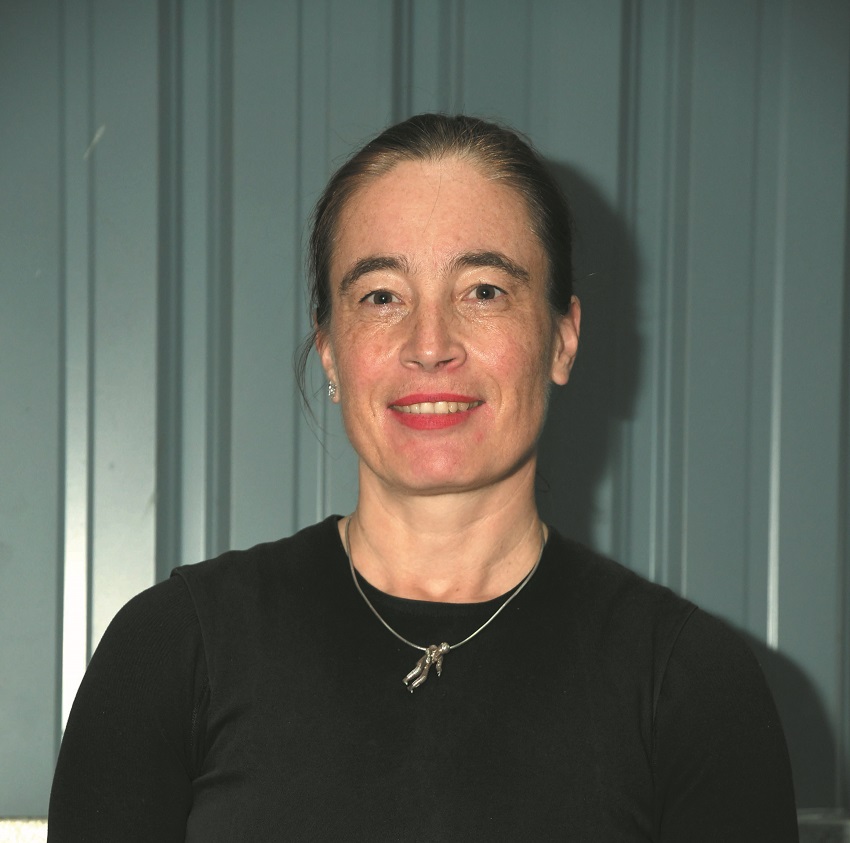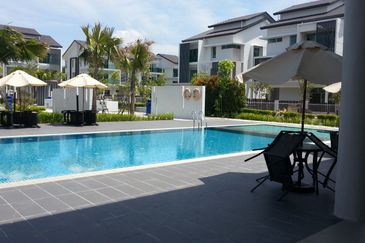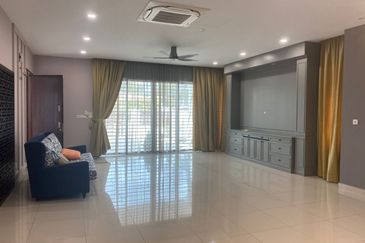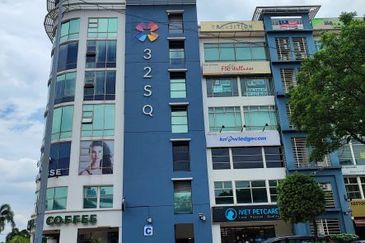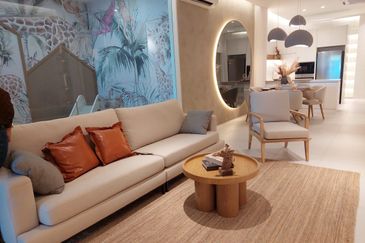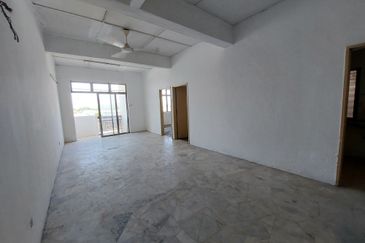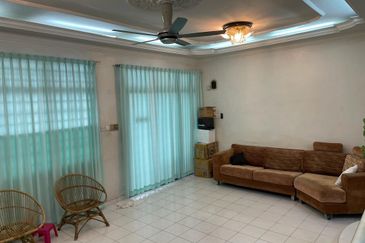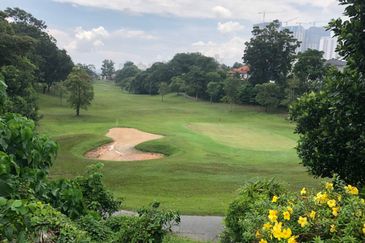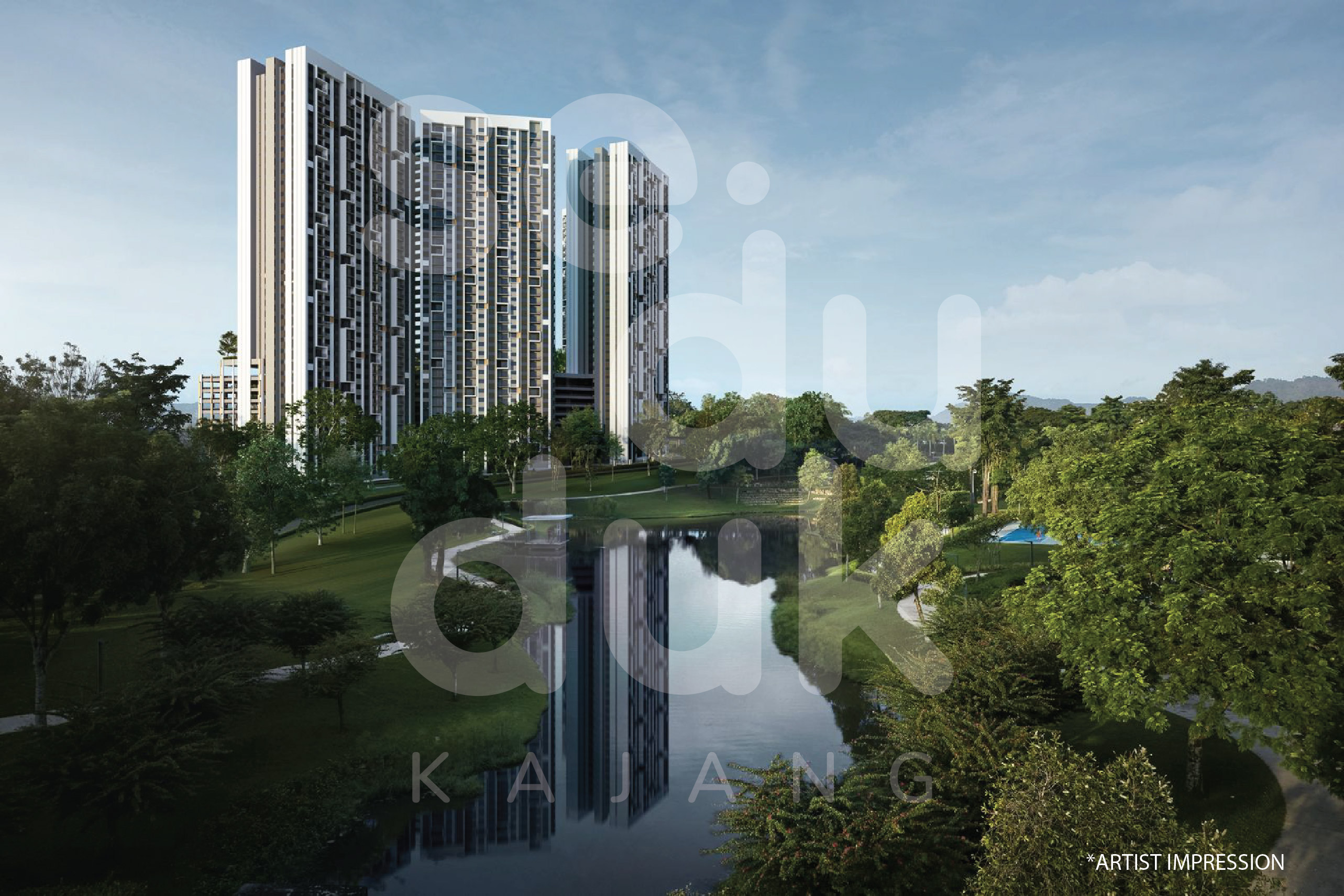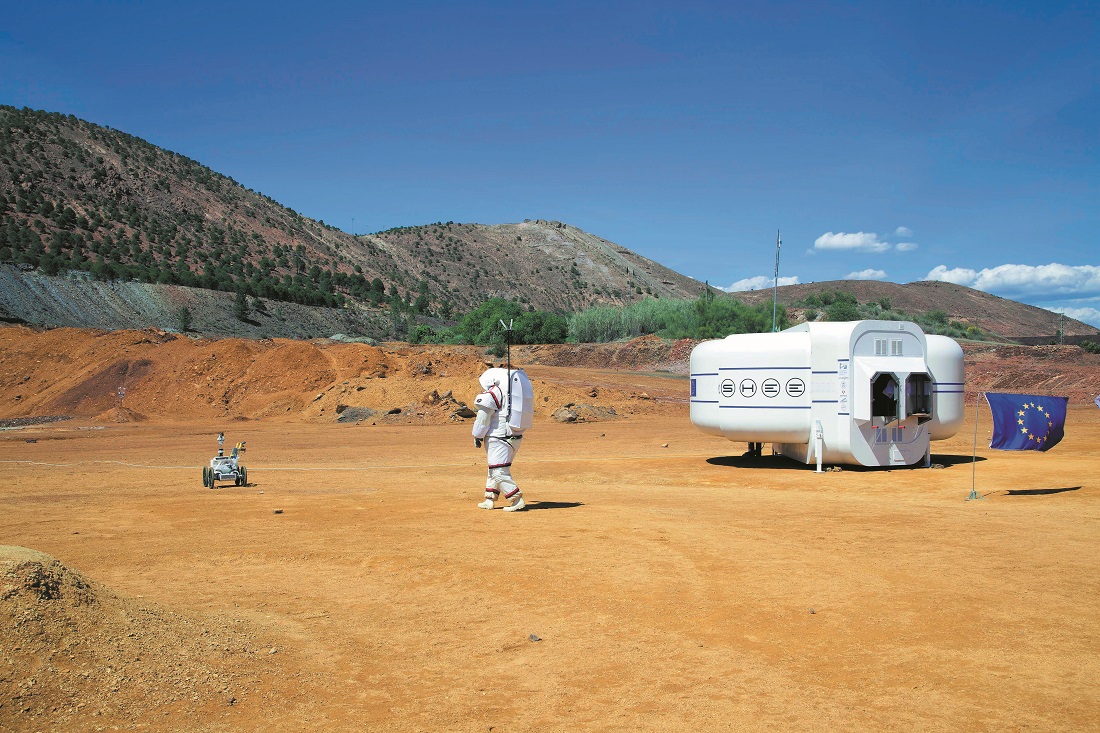
How prepared are humans to live in space? What will life be like? Building beyond the Earth’s atmosphere means we can no longer draw a line between Earth and space, says space architect, researcher and educator Barbara Imhof in her talk entitled “Building Beyond: Designing Spaceships, Habitats, Lunar and Martian Bases” on May 31 in APW Bangsar, Kuala Lumpur.
The talk was part of the Kuala Lumpur Architecture Festival (KLAF) 2019 series of events organised by Pertubuhan Akitek Malaysia (PAM).
Imhof began her talk by showing the audience a night view of Kuala Lumpur from the International Space Station (ISS). According to her, the ISS is not that far away as one would expect.
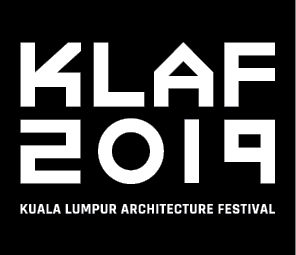
“The ISS is about the size of a soccer field and is the only object or building outside of the Earth’s atmosphere. It is about the same distance between here [Kuala Lumpur] and Singapore,” explained Imhof.
There is no doubt that the environment in space can be rather extreme and harsh with temperatures of about 250 degrees Fahrenheit (121 degrees Celsius) outside the space station that faces the Sun and 250 degrees Fahrenheit below zero (-157 degrees Celsius) on the side facing away, she says. “Hence, the extreme environment requires a lot of high-tech infrastructure,” she adds.
Growing food needs
To simulate the harsh space environment, Imhof and LIQUIFER Systems Group (Austria) – which she co-founded – and numerous partners around the world, chose Antarctica. “The [environment] is similar to that of Mars. So, proper attire is needed. Plus, it is isolated, closed off from the world,” she said.
It is here the team established the Eden ISS project which simulates the production of food in extreme conditions. As Imhof explained via a series of animation, the Eden ISS was an experimental greenhouse that grows food using an aeroponics system.
It requires no soil as the plants are housed in special trays with a series of intricate pipes functioning as a nutrition delivery system for the roots of the plants.
“The growing process is therefore optimised. And some 20 species of crops have been produced,” added Imhof, citing tomatoes, cucumbers and chives as examples.
“In nine months, the team managed to harvest about 270kg of vegetables,” says Imhof.
Space habitat
The space architect also spoke about the SHEE project (Self-deployable Habitat for Extreme Environments), which is a collaboration with multiple partners including the International Space University in France. Completed in 2015, the SHEE can be transported, fitted into a container and hence, a rocket.
Integrating robotics and architecture, the portable habitat can be deployed for Mars or other extreme situations or environments. It would be able to accommodate two crew members for short duration missions, offered Imhof.
The approximately 50m3 interior volume of the SHEE would be able to accommodate a working area, hygiene facilities, crew quarters and a gallery for food storage and preparation.
Moreover, “an interesting part of the infrastructure that is part of the habitat allows crew members to step into a space suit from a backpack to prevent cross-contamination”, says Imhof.
She also introduced a solar sintering technology developed in a project, Regolight, which uses sunlight to melt lunar soil or regolith to form 3D-printed building elements.
Imhof also shared about an experiment that LIQUIFER had done with biological organisms, namely the mycelium — a fungi-like organism with its branch networks to grow on structures — as part of the Growing as Building project, blending nature and architecture. The project’s objective is to take dynamics and growth patterns from nature and apply them to architecture with the goal of creating a new living architecture.
In another project, a bioreactor comprising microbes was used to generate oxygen. Waste water could also be recycled to generate biomass or electricity.
Space goals
Initially, says Imhof, LIQUIFER’s goals were to establish a first-ever space architecture office to work on preparing human space exploration missions to the orbit, the Moon and Mars.
“However, in the coming years, LIQUIFER hopes to follow the successful path the company has drawn to design and build flight hardware for bringing humans closer to the Moon and onto its surface,” Imhof shares with EdgeProp.my.
When quizzed as to when humans can be ready to explore or inhabit Mars, this is what Imhof has to say: “Currently, most of the space-faring nations have set their eyes on the Moon. It is only a three-day trip away and is seen as a step in preparing for Mars.

“With the current advancement of the important technologies such as transportation, fully closed life-support systems and shelter options from solar and cosmic background radiation, humankind is closing the technology gaps for successfully landing on the Moon again, likewise for Mars too,” she added.
Moreover, the ISS partners — National Aeronautics and Space Administration (Nasa); European Space Agency (ESA); Canadian Space Agency (CSA); Roscosmos State Corporation for Space Activities (Roscosmos); Japan Aerospace Exploration Agency (JAXA) — are preparing the space station GATEWAY in the lunar orbit as a platform to descend to the surface of the Moon and to depart from this station further to Mars.
“The first step will be preparing the GATEWAY — Lunar Orbital Platform in the 2020s. Realistically, humans will land on the lunar surface by the end of the 2020s or early 2030s. This step will include the US, other ISS partners and Chinese taikonauts. Commercial activities of mining and tourism might follow,” explained Imhof.
With that, she concluded, “If we look optimistically into a space exploration future, it will take a minimum of another 10 to 15 years before the first human will set foot on Mars.
“Before 2050, humankind shall be prepared to watch this special event of humans landing on the Martian surface.”
This story first appeared in the EdgeProp.my pullout on June 28, 2019. You can access back issues here.
TOP PICKS BY EDGEPROP
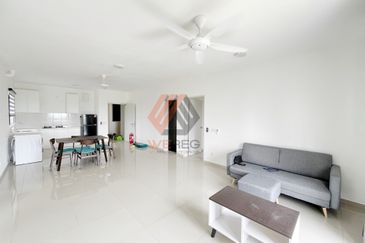
Duduk Se.Ruang @ Eco Sanctuary
Kuala Langat, Selangor

Duduk Se.Ruang @ Eco Sanctuary
Kuala Langat, Selangor
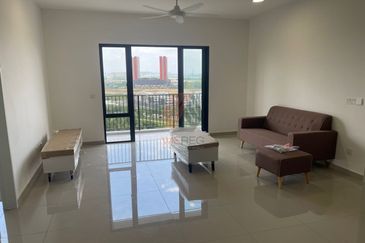
Duduk Se.Ruang @ Eco Sanctuary
Kuala Langat, Selangor
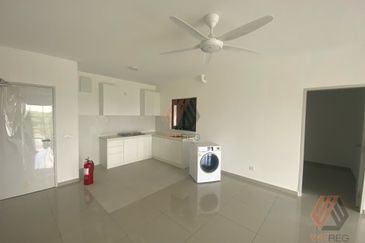
Duduk Se.Ruang @ Eco Sanctuary
Kuala Langat, Selangor

Amber Residence @ twentyfive.7
Kota Kemuning, Selangor
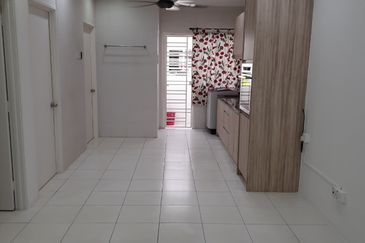
Pearl Villa Townhouse
Bandar Saujana Putra, Selangor
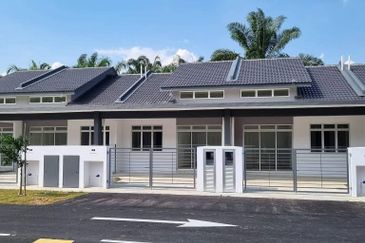
Rancangan Tanah Belia, RTB Bukit Changgang
Dengkil, Selangor
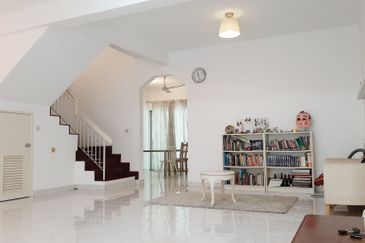
Seksyen 5, Kota Damansara
Kota Damansara, Selangor

Seksyen 8, Kota Damansara
Kota Damansara, Selangor

